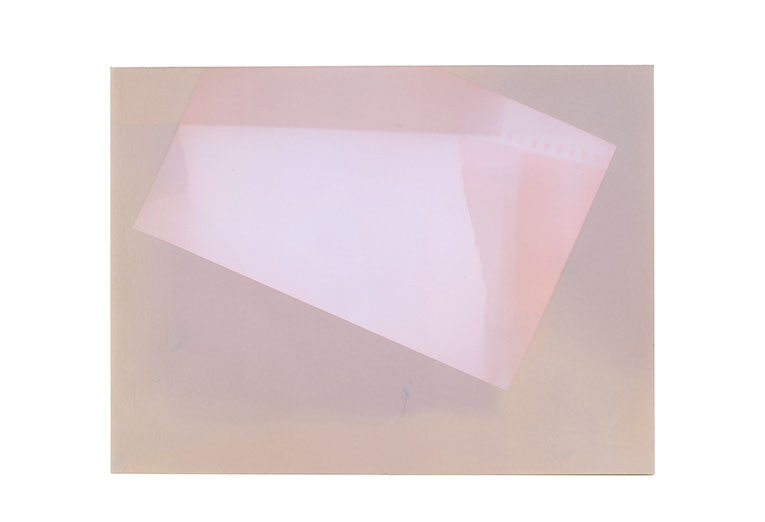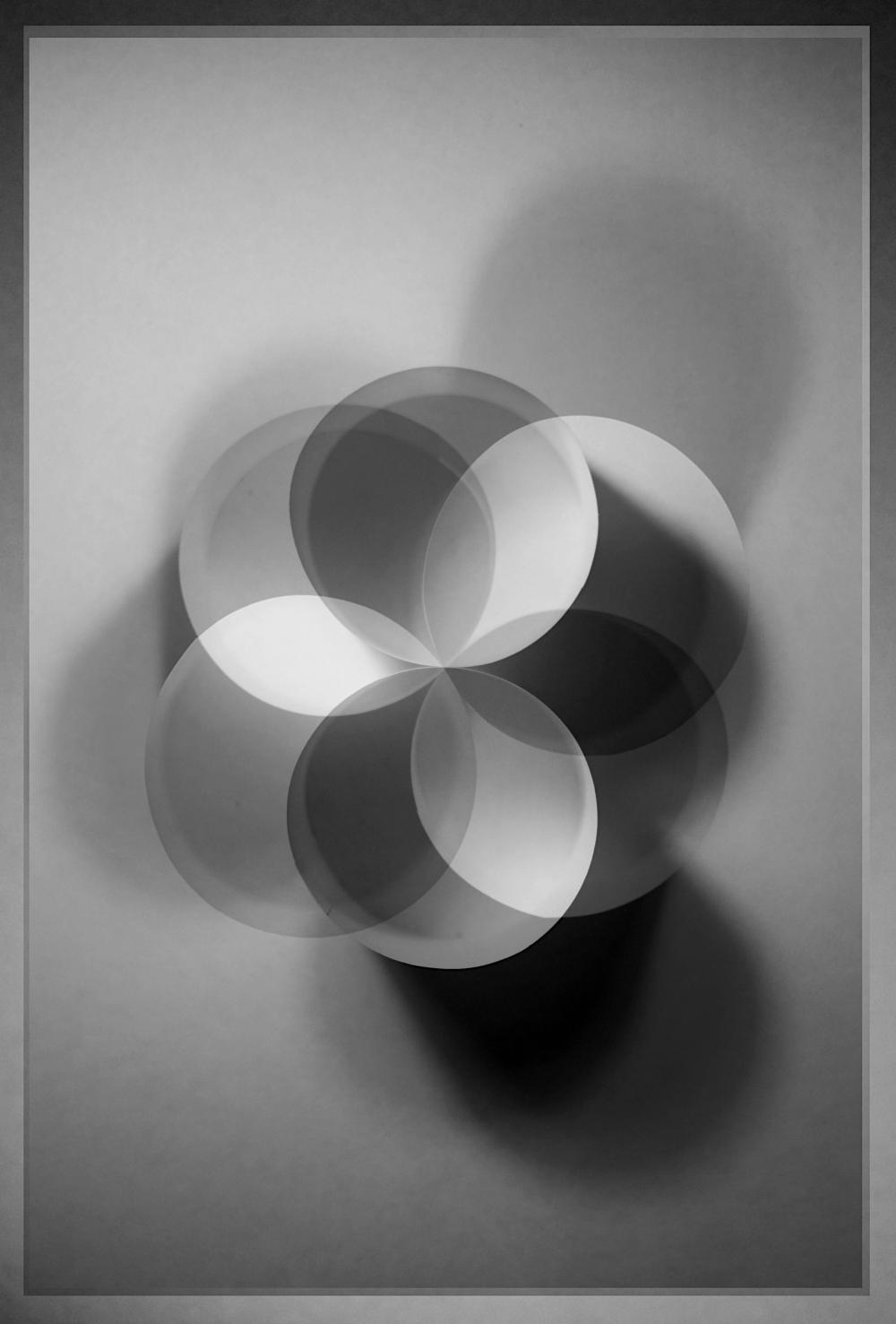BPF16 Trainee Curator Sarah French on Zero Hours Creativity by OPEN16 solo shortlisted artist Caroline Douglas

(Caroline Douglas, Zero Hours Creativity, 2015)
BPF16 Trainee Curator Sarah French takes a look at Zero Hours Creativity, by Caroline Douglas, one of the artists selected for the OPEN16 SOLO shortlist, which can be seen at Phoenix Brighton and at the BPF16 Outdoor Hub in front of St Peter's Church.
Caroline Douglas’ series Zero Hours Creativity is a delightfully intriguing conceptual piece which is minimal in aesthetic with subtle tonal qualities, yet it may not initially seem to lend itself well as a digital projection; the work is inherently analogue. Douglas presents a series of camera-less images made using found light-sensitive photographic paper which she presents as shadowgrams. These disregarded, torn sheets of paper were collected from the darkroom at the end of Douglas’ shift at her place of employment, where, among teaching duties, she is responsible for maintaining the darkroom. Douglas salvages the material left abandoned by students and other facility users, re-classifying them as an artwork within their own right. Through this appropriation she claims back some of her creativity amiss from contractual employment. It is this comment on the balance between labour and creativity that is central to the work- which is extremely prevalent to nearly every artist, creative and craftsperson working in today’s ‘age of austerity’. Since the economic crisis, controversial zero-hour contracts have increased, offering workers no secure work, often without holiday pay or other benefits. Despite pressures from national newspapers prompting the government to address the situation, this September there were over 150,000 more workers on zero-hour contracts compared to last year.
In terms of statistics, last year the UK creative sector grew at more than double that of the UK economy as a whole, but in reality this reflects how artists are finding labour and creativity inextricable and impossible to balance; artists are often too committed to teaching responsibilities or tertiary work within the sector (if they are lucky enough) that pays the bills whilst they struggle to have the time or security to produce artwork that reflects their own critical practice. Caroline Douglas has written far more eloquently on this subject herself in Creativity and Capital in an Age of Austerity for Uncertain States, which provoked a response by Lewis Bush on Art in the Age of Individualism on his Disphotic blog [4].

(Leroy Coppleston, from Beyond the Edge, South Downs Heritage Centre, Hassocks, Brighton Photo Fringe 2016)
I therefore want to delineate myself from this context and position Douglas’ series as a development of abstraction within photography, especially as the term zero is often used with this style and capacity of photography. The zero point of photography has become a term for the more widely recognised movement concrete photography. This is a non-figurative mode of image-making that is not concerned with representing the world around us, but inwardly investigates the medium’s own materiality; light, surface, chemical processes… concrete photography is photography of photography, for photography. Lazlo Moholy-Nagy had been creating luminograms since the early 1920’s, though this process wasn’t developed into a movement in its own right until concrete photography became established in the 1960’s. Over the last decade it has received major recognition, and Beyond the Edge is another group show as part of Brighton Photo Fringe that is presenting the work of fourteen artists all presenting work situated at the non-representational end of the photographic spectrum. This popularity is largely due to Lyle Rexer’s publication The Edge of Vision: The Rise of Abstraction in Photography (Aperture, 2011). Away from the BPF, René Mächler is seen as one of the champions of concrete photography. His camera-less works, including Zero Hour, 1968, (presumably exposed at midnight) were described by photographic theorist and practitioner Gottfried Jäger as ‘radical minimalism’ [5].